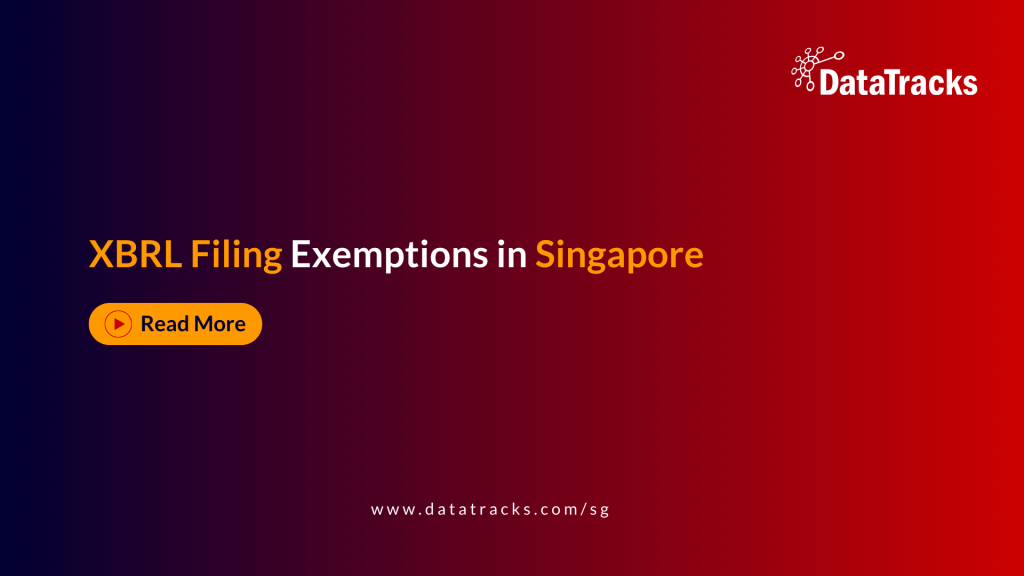While filing your financial reports in XBRL (eXtensible Business Reporting Language) to The Accounting and Corporate Regulatory Authority (ACRA), you should be certain about the veracity and accuracy of all the information that you furnish.
This consideration is key here, given the fact that the information you put up will be available in public domain and can be utilized by a number of stakeholders, including other businesses and investors for making viable investment decisions.
Here is a guide to some of the most common errors that you should guard against while filing financial and business reports in XBRL. Read on to know more in detail:
Possible errors to watch out during ACRA submission
1. Inaccurate/illegible/incomplete financial statements
Make sure that the text block ‘Disclosure of complete set of financial statements’ is legible and similar in its content to what was tabled at the Annual General Meeting (AGM) or the one that was supplied to all the shareholders.
A few examples of incomplete financial reports include just a simple list of statements, incomplete tables or incomplete figures inside the tables, incomplete notes, and notes that aren’t arranged chronologically.
That being said, the entire block of financial statements generally includes:
– Statements by Directors
– Reports by independent auditors
– Profit and Loss statements
– Changes in equity statement
– Cash flow statements
– Notes containing accounting policies
Examples of illegible financial statements include:
– Information that are overlapping
– Illegible characters
2. Inaccurate/illegible/incomplete financial statements
Make sure that information about the total share capital and number of issued shares correspond to the figures mentioned under ‘Share Capital Details’ in the return form. This is of course if the total share capital has remain unchanged post the end of a financial year. In case of any discrepancy, make sure that the data in XBRL is complete and valid.
3. Faulty mapping of data
When it comes to mapping data, make use of relevant taxonomy elements provided in the template. Should you not find any relevant taxonomy, use the option ‘Others’.
4. Partial submission of XBRL reports
A good example of this would be not furnishing a detailed breakdown of account balances, considering this is one of the mandatory requirements of filing reports in XBRL. The list of all the minimum requirements looks like:
– Information (both general and corporate)
– Payables and receivables
– Share capital
– Revenues
– Grants by the government
– Expenses attributed to employee benefits
– Provisions
– Details of plant, equipment and property
5. Mismatch of XBRL data and information tabled in AGM
One of the more common mistakes is the lack of congruence in data that is filed in XBRL Financial Statements vis-a-vis one that was tabled during the Annual General Meeting. Possible areas of this discrepancy include:
– Accuracy in the level to which the figures are being rounded off
– Mismatch in currency
– Net cash flow (from financing/investment/operating activities) statement
– Earnings per share (EPS)
– Profit (or loss) from operations that have been discontinued
6. Outdated data/irrelevant data pertaining to previous years
Another important concern that you should guard against is the probability of furnishing outdated data while filing XBRL financial statements for the current fiscal. You should be extra careful in case you’re using past XBRL statements as the sole reference points.



